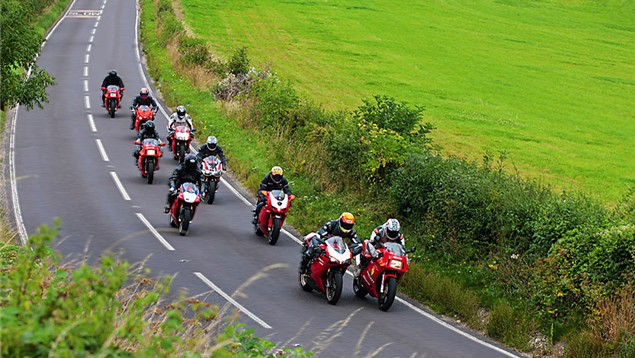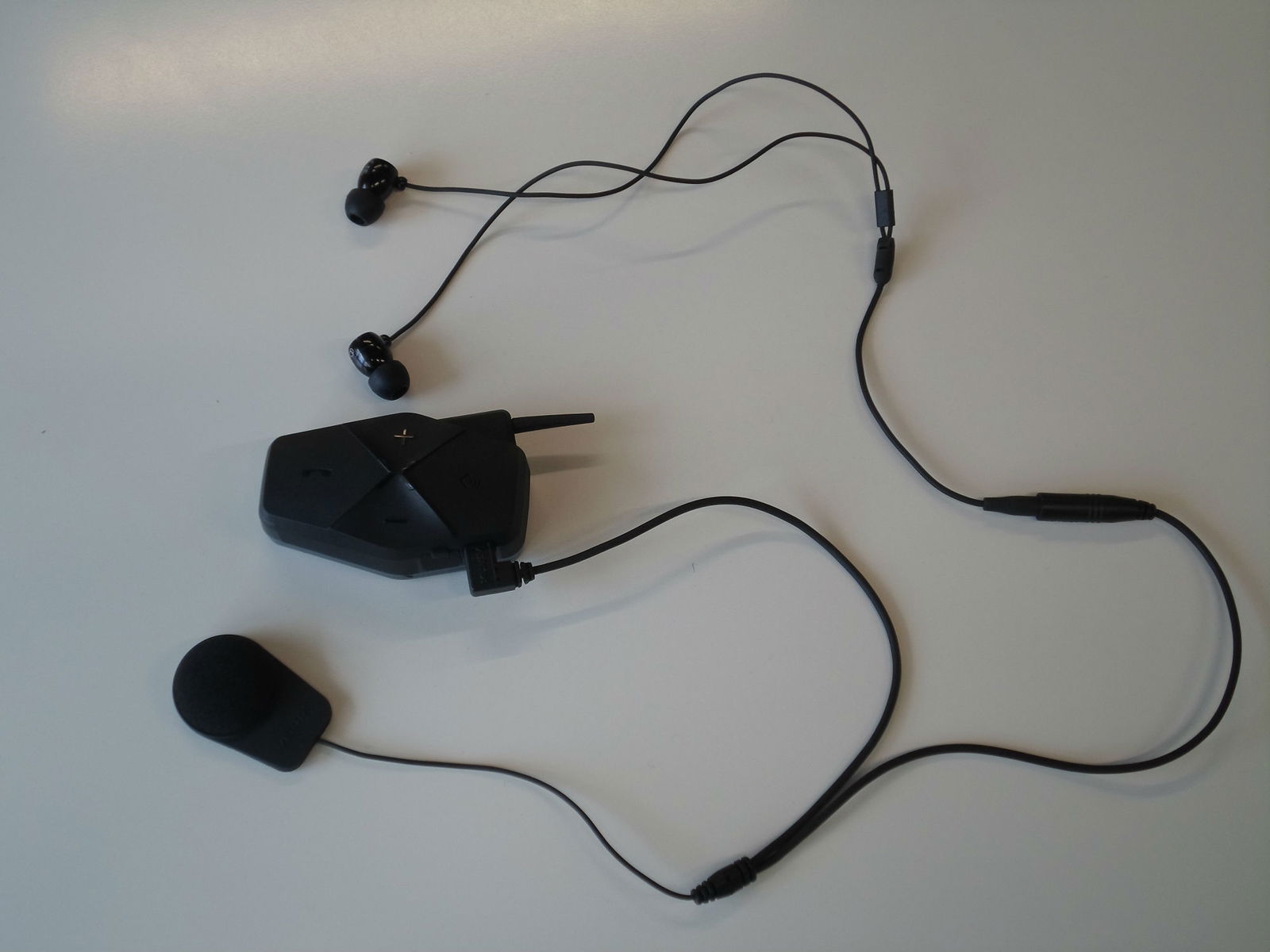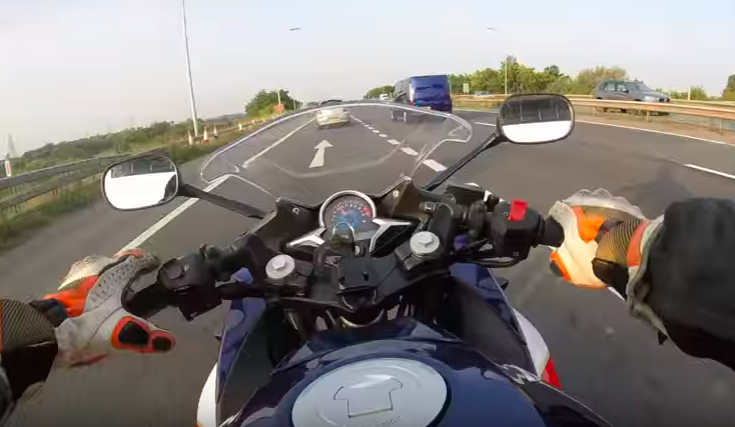Five essential tips for group riding
Because more riders equals more fun

By Alan Dowds
RIDING a long way with a load of mates is one of the best experiences you can have on a bike. Whether it's a flat-out GSX-R thrash to a WSB round in Europe, a lazy Harley cruise across the US, or an adventure bike ride into the heart of the Scottish Highlands, there's nothing like a massive road trip en masse.
You can make it even better though, with a few practical tips. A smoother-running jaunt will mean more time and energy for evening R&R, and you really want to avoid some of the common pitfalls. Here’s how to have a ball riding in a group.

1. Communication
If you're really organised, then Bluetooth intercoms will let you all chat away as you ride – many modern setups can communicate over hundreds of metres in good conditions. Failing that, make sure you all know of any hand signals you're liable to use – tapping the tank for a fuel stop is an obvious one.
If you're all going to stick together, then the slowest rider should go in front, and the quicker riders will be able to keep up easily. If there are long sections with no turnoffs, then the faster guys can charge off for a few miles, then slow up for the rest of the party to catch up.
The other option is to go as you please, but the first rider stops at junctions, and waits till the last rider takes the turning, then they follow on. It’s known as the ‘buddy’ system and it ensure the order rotates round and no-one gets lost.
Have an agreed-on plan of action for each day – where you're going to, how long you'll ride for, whether you'll have a long lunch stop, etc.
A well-oiled team approach to stops makes a lot of sense in terms of efficiency and group happiness. Make sure you know who'll be needing fuel first, and let them dictate stops. If there are a lot of you, it’s worth splitting into two or more groups at the fuel pumps, for faster fillups. One rider can fill up the bikes, while the others go in, have a pee, and pay. While they do that, the filler-upper comes in for a pee, and you're all done and ready to leave at the same time.
Breakdowns and accidents happen – but having a team round you makes these things easier. Consider splitting up useful kit – one rider carries a puncture kit, one has a small emergency can of petrol, one has an electric air pump, one carries a socket set, etc.
There are 'rider down' first aid courses, which aim to equip riders with some emergency medical skills in case of a bike crash. Regular riding groups might want to get themselves onto a course, so there are some first aid skills spread about the team.
Now read our fundamentals of group riding.

